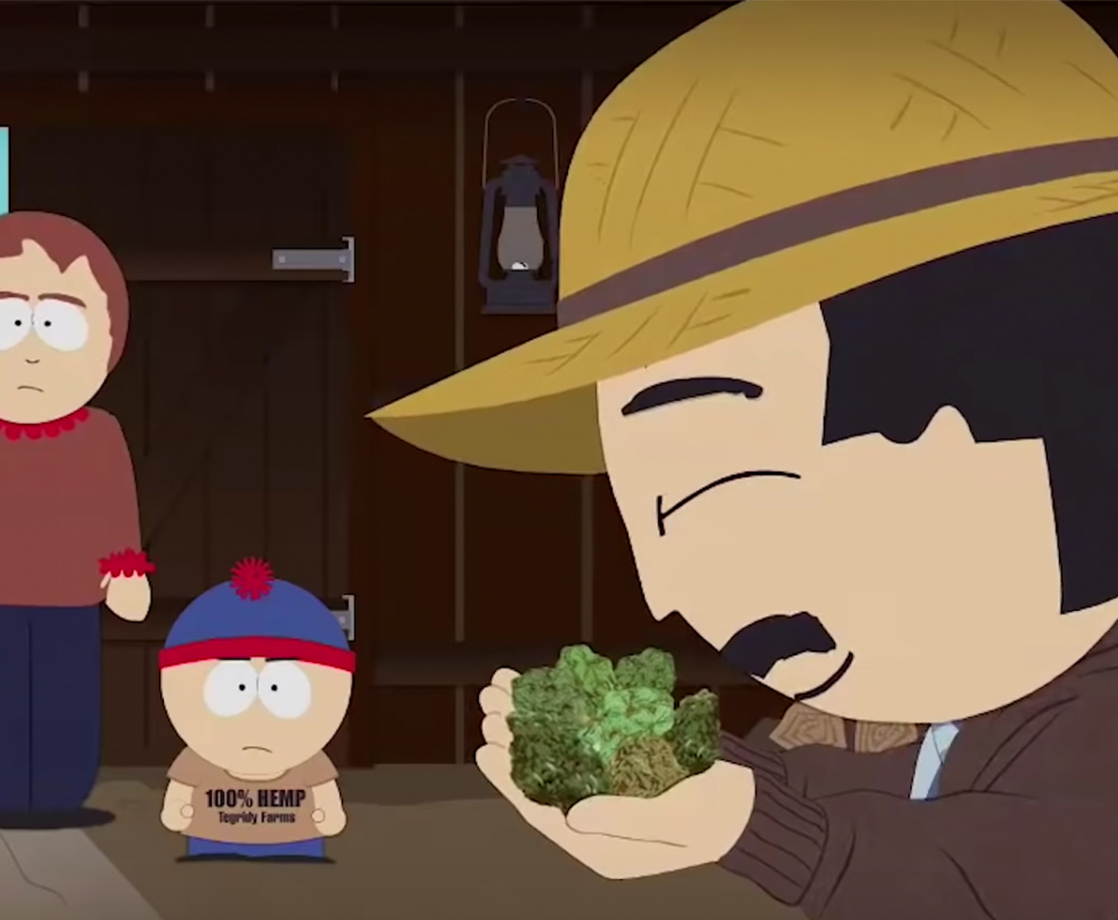Politically, culturally, scientifically and ecologically, the Beaver state is paving the way on all fronts and more importantly, working in unison to foster growth and development in marijuana cultivation.
Despite the loud chatter, attendees mingling at the Cultivation Classic stood fixated at the man speaking on stage.
His tone: a mixture of a professor educating his students and a general inspiring his troops.
But Jeremy Plumb is neither.
Plumb is a seasoned cannabis entrepreneur often at the forefront of the budding industry in Oregon. He is also an organizing partner of the inaugural event, a cannabis competition exclusively for ‘organic,’ soil-grown cannabis in Portland, Oregon.
The use of mineral salt fertilizers and synthetic pesticides is strictly prohibited. A restriction that wholeheartedly encompasses Jeremy’s and the organizers’ hopes for the future of Oregon’s cannabis industry.
The attendees gathered at the North Warehouse on a sunny Saturday afternoon to enjoy free cannabis samples, mingle with professionals, eat and drink some local Portland fare and catch inspiring speakers on topics from living soil to natural pest management. From geneticists to biologists, cultivators to entrepreneurs, the diversity of knowledge and backgrounds were prevalent. Yet everyone shared one thing in common, the dedication to and proliferation of organic, sustainable farming as the standard for Oregon cannabis.
Although California was the first state to establish a medical marijuana program under Proposition 215, it has yet to legalize recreational use of marijuana. Patients rely on the statewide medical legislation yet there is no official governing body and many patients are restricted by regional ordinances. The lack of definitive regulation has left producers and dispensaries to define their own standards as it relates to farming practices, pesticide use, product testing, etc.
In Colorado, the first state to legalize recreational cannabis use, a legislative model promoting vertical integration and monopolistic business practices has seemingly hindered collaboration. This lack of collaboration has caused consumer interest in big cannabis to wane, especially from that of local residents. Most individuals that I spoke with in Denver revealed that they rely on local sources or the ‘black market’ for their cannabis. With Colorado issuing yet another recall of pesticide-tainted marijuana in the last month (totaling over 20 recalls in the past 10 weeks), residents are wary of Big Agriculture farming practices and would rather trust the small-batch cannabis from their neighborhood grower.
Despite federal regulations currently restricting cannabis from being classified as ‘organic’ (due to the whole legality thing), some in the industry are taking it upon themselves to self-regulate and certify producers and farms that meet stringent quality controls. Chris van Hook of the Clean Green Certification Program is one such individual, and he was also one of the speakers at the Cultivation Classic. Many of the Oregon producers are currently certified Clean Green as they recognize the value of defined production and product quality standards. After all, as Jeremy himself stated, "This competition regards the quality of the process used, as well as the quality of the product."
Oregon’s politicians have also done a great job at passing legislation that fosters and protects growth within its emerging cannabis industry. In fact, less than a month ago, Oregon became the first state to legalize marijuana business banking by passing House Bill 4094, which protects Oregon banks who provide financial services to state-regulated marijuana businesses. This is a major windfall for Oregon’s cannabis business further solidifying the state’s position as a leader in the industry.
It’s 5:30pm and the event winners are about to be announced. Mowgli Holmes of Phylos Bioscience takes the stage to introduce Galaxy, their interactive visualization of cannabis genetic information. Galaxy allows users to explore relationships between popular cannabis breeds. The colorful ‘map’ feels similar to a star chart as Mowgli navigates through the data to demonstrate where this year’s winners placed. Coincidentally, both the top indoor-grown THC strain from Garden Terrace Farms and the top greenhouse-grown THC strain from Hill Fire was a Jack Herer strain.

Despite numerous other Jack Herer entries in the competition, when visualized using Galaxy, the two winning selections were located extremely close. Mowgli notes that due to their proximity, the two share a tremendous amount of genetic information and it's quite likely that they are actually the same. But what’s more important is the implication this has on our understanding of cannabis.
The fact that 40 different judges sampling over 40 different unmarked entries all voted to award the same flower strain (per their proximity in Galaxy) despite being grown at different farms and under different conditions demonstrates the value of reliable, data driven models for categorizing cannabis. Advances in genetic screening and our understanding of the cannabis genome are reshaping the way that we think about the plant and its benefits.
Between listening to informative and inspiring lectures, sharing flower with local aficionados, and being mesmerized by Galaxy, it's apparent Oregon’s passionate cannabis community encompass the best of Cannabis 2.0 and are poised to push the industry to new levels nationwide.












